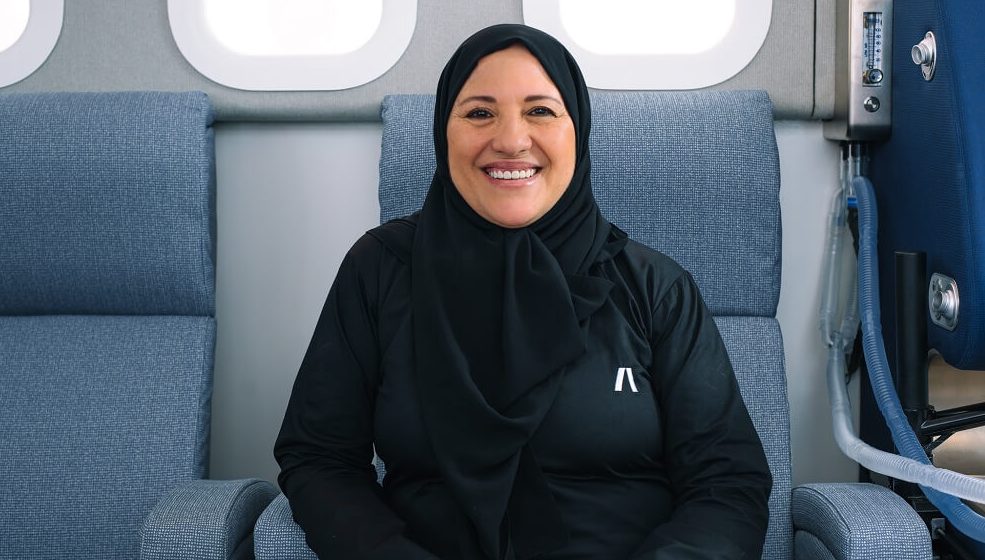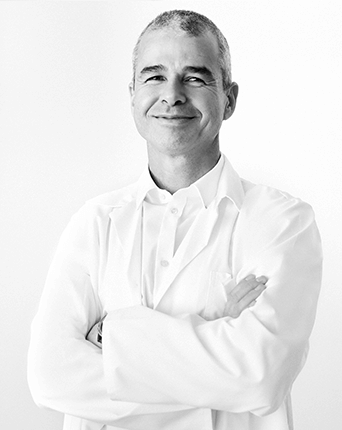
How to Help a Stroke Victim Recover: 5 Actionable Steps to Take


There is no other way to put it—seeing your loved one lose their independence after a stroke is difficult. Though you may not be able to control the situation, what you can control is the support you offer. This is where we come in.
The Aviv Medical Program offers five actionable ways to help your stroke victim recover. The goal is to equip you with practical tips and effective support to help you feel more confident as a caregiver, allowing you to guide your loved one through a smooth post-stroke recovery journey.
The Possible After-Effects of a Stroke
Some common post-stroke effects you may witness include physical, cognitive, and emotional symptoms.
Physical Effects
- Lack of ability to feel objects (e.g., holding an object is difficult)
- Pain, numbness, tingling/prickling, or heaviness of limb
- Loss of bladder and bowel control
Cognitive Effects
- Aphasia (loss of ability to speak, write, and understand spoken/written language)
- Decline in memory, learning, and awareness
Emotional Effects
- Sense of fear, anxiety, frustration, or depression due to loss of physical and cognitive ability or brain damage
5 Things You Can Do to Help a Stroke Victim Recover
When day-to-day capabilities are suddenly taken away, it’s challenging for your loved one to find the will and a path forward to a better life. We encourage you to be patient with each step — every person is different. Thus, there is no solid timeframe for when you’ll see improvement.
Here are five actionable things you can do to help.
1. Learn About Their Stroke, Symptoms, and Treatment Plan
Stroke incidents impact individuals in different ways. Before crafting a support plan, take time to understand their stroke, symptoms, and therapy program(s). This is pivotal to providing the right kind of support.
Learning about your loved one’s condition may involve:
- Sitting with them during doctor and therapy appointments
- Learning the physical impacts that have occurred (e.g., what areas of the brain are affected and how much of the brain has been impacted by the stroke)
- Understanding the type of therapy they need and why
2. Maintain a Safe and Accommodating Environment
Once you’ve acquired a good understanding of your loved one’s stroke, symptoms, and treatment plan, ensure their home environment aligns with their health conditions.
For example:
- If your stroke survivor experiences visual and sensory difficulties, you may need to move objects around their room accordingly. For instance, having trouble seeing or feeling things on their left side may merit moving all of their items to their right side.
- Ensure pointed edges on furniture and doorways are protected. This should especially be the case if your loved one is having difficulty moving around on their own or is experiencing physical ailments.
3. Respect Their Needs, But Don’t Do Everything
Help your friend or family member when they ask for help. Do not step in and do tasks for them. Some stroke patients are trying to regain their independence, so it helps to give them the space to do things on their own if they prefer.
Speak with an occupational or physical therapist or speech-language pathologist to ensure the ways you are helping your loved one are safe and abiding by the recovery plan.
4. Offer Emotional Support
Many people primarily think about the physical and cognitive repercussions that can come with a stroke, but several “invisible” or emotional factors lie beneath the surface.
Anxiety and depression are common in stroke survivors – about one in three stroke patients experience them during the first year after a stroke. The loss of freedom from a stroke is a significant change, and your loved one may express their grief and emotions in various ways (e.g., withdrawing from others, expressing anger, etc.).
Understand that these emotions are a normal part of the recovery journey. Don’t tell someone how to feel or what to do; offer a listening ear and help them however they need it.
5. Stay Centered on a Holistic Approach
A holistic treatment plan is key to helping your loved one recover.
For example, the Aviv Medical Program offers post-stroke recovery treatment that can entail a customized combination of the following:
- Hyperbaric oxygen therapy (HBOT)
- Physical training
- Cognitive training
- Nutritional coaching
Take former stroke patient Cindy for example. After undergoing a personalized hyperbaric oxygen therapy program, she can again walk comfortably, feel sensation in her left hand, engage in cognitive activities. Cindy regained her independence and many physical and cognitive functions she’d been lacking for years after her stroke.
Discover Cindy’s post-stroke recovery story. For her, this new stroke treatment worked a miracle.
“It didn’t take long at Aviv before I was able to get the courage to try things. And now, that fear is almost, I’d say 95% gone. I wanted to be able to comb my hair. I wanted to drive. And yes, because of Aviv, I am able to do those things — and it has changed my life.”
3 Things to Watch Out For During Recovery from a Stroke
There are a few things to keep in mind to ensure the most successful post-stroke recovery journey.
1. The Likelihood of Having Another Stroke
Research indicates stroke recurrence is the highest within the year after the initial stroke. Efforts at prevention should be initiated as quickly as possible.
If your loved one has any of the following conditions, they are at an even higher risk of having another stroke. Be sure these conditions are managed by a doctor.
- High blood pressure
- High cholesterol levels
- Heart disease
- Diabetes
2. Falls—Don’t Ignore Them
Falls are common after a stroke. As falls can cause further damage and prolong recovery, it’s essential to take your loved one to the hospital after a fall incident.
Some critical signs to look out for include:
- Pain, bruising, or bleeding after a fall
- Two or more minor falls within six months
A physician or physical therapist can assess your friend or family member and make any needed adjustments to the treatment process.
3. Self-Care
Taking care of someone involves a lot of patience, effort, and time. Thus, periodically check in with yourself.
How are you feeling? Do you have the right self-care resources to nurture your mind and body and continue caring for your loved one?
Caring for someone begins with you, so don’t forget to look after yourself.
Where to Get Support When Helping a Stroke Victim Recover
If your loved one needs extra support, find the best stroke rehabilitation center near you to provide unique, research-backed protocols—plans tailored to fit the needs of the individual.
Aviv Clinics Dubai offers the latest advances in examining and improving cognitive and physical performance. This includes HBOT. Our state-of-the-art HBOT treatment suites provide intermittent oxygen levels that help the body heal even years after a stroke incident.
Focused, repetitive practice is key to successful recovery, which is exactly what we offer each patient.
New Stroke Treatments Work Miracles at Aviv
Aviv Clinics brought to you by DP World knows how to help a stroke victim recover. We don’t simply provide a unique medical protocol backed by decades of research—we offer a supportive group of professionals who will be with you at every step as you help your loved one find relief.
Contact us to get in touch with a personalized team of medical staff at the best stroke rehabilitation center in UAE.
Aviv Medical Program provides you with a unique opportunity to invest in your health while you age


